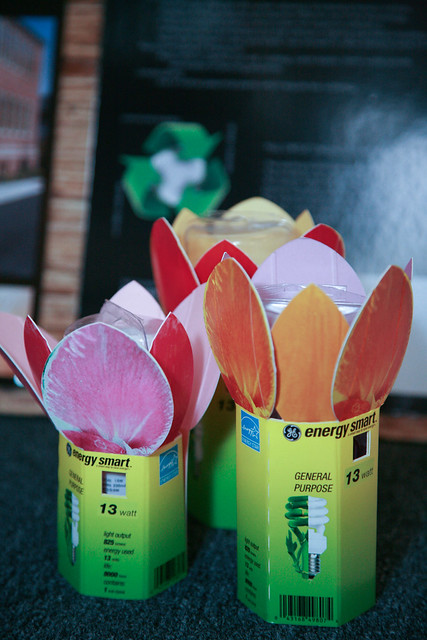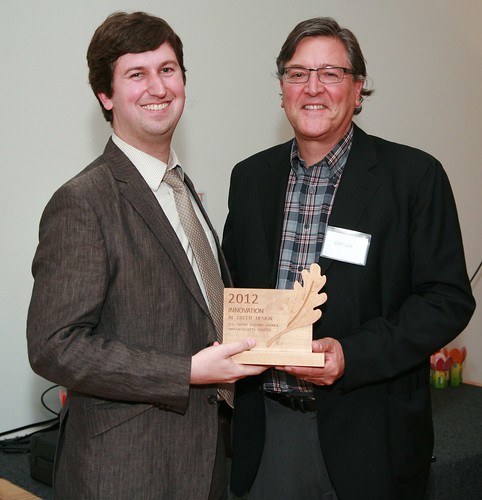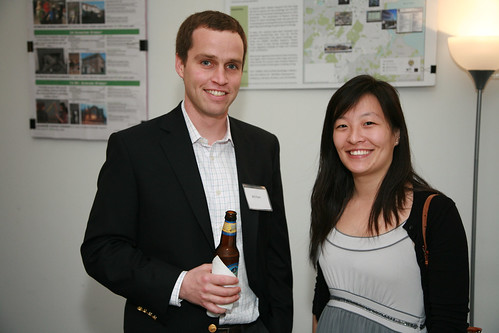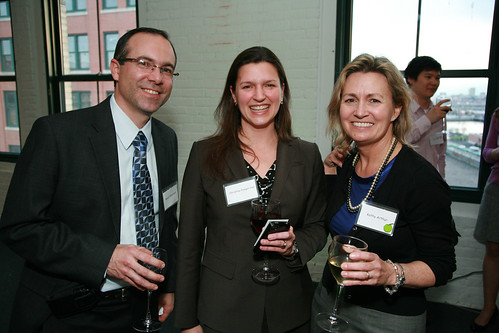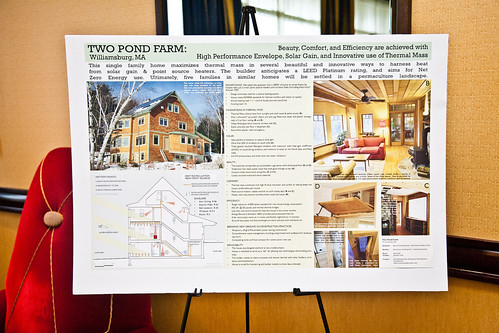The USGBC MA Chapter is happy to promote, support and advocate for public disclosure of energy use in Boston. According to the recent proposal, over the next four years, different types and sizes of buildings will report their energy use score (using EPA's Energy Star Portfolio Manager) into a public database. The city will rate all the buildings it owns starting in 2013. The information will be used to help the city's Energy and Environment Office, led by former USGBC MA Board VP Brian Swett, to craft incentives and programs to help owners embrace energy efficiency measures. It will not be used to force anyone to do anything, just to report their building's energy use. One of our members, Chris Liston, Director of Energy and Sustainability at CBRE New England, noted that for his clients in New York, reporting for the entire year can be done in about 30 minutes.
I went to City Hall on Thursday, March 28, to submit supportive testimony to the City Council, which will be voting on the ordinance in the near future. We believe the ordinance will lead to better building values, better tenant experiences, better building operating practices, reduced waste of energy, and reduced greenhouse gas emissions, among other things. Some organizations, including Boston's Building Owners and Managers Association (BOMA), came out against the ordinance, which was puzzling. Industry leaders like Partners Healthcare and Boston Properties spoke in support of the ordinance. It seemed like a lot of the opposition just didn't understand the program. It was too bad, but the USGBC MA Chapter is here to help people learn more and get more support behind the measure.
The ordinance is somewhat like telling people to go weigh themselves when you care about their health. If someone knows their weight, they might decide to start exercising or eating better. But some people just don't even want to know things. And this ordinance isn't even like telling anyone you have to go to the gym - just to get weighed!




